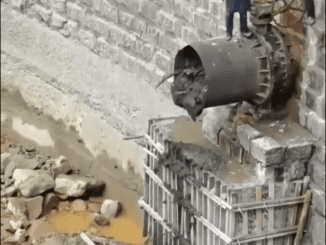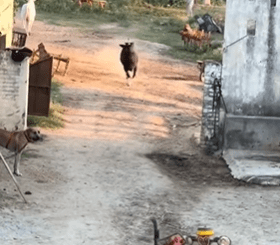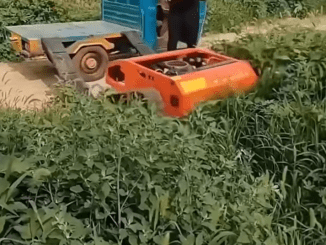
The Collaborative Power of Machines and Humans: A New Era of Innovation
In the rapidly advancing world of technology, the relationship between humans and machines is undergoing a profound transformation. What once seemed like a competition between man and machine is now evolving into a powerful collaboration, where both work together to achieve outcomes that neither could accomplish alone. This harmonious partnership between human ingenuity and machine precision is opening up new avenues for innovation, productivity, and creativity in industries ranging from healthcare to manufacturing to entertainment.
Historically, humans have developed machines to perform tasks that are either too repetitive, too dangerous, or too complex for human beings. The industrial revolution brought about the first significant wave of mechanization, while the digital age has since ushered in automation, artificial intelligence (AI), and robotics. While these advances have improved efficiency and productivity, they have also raised concerns about the displacement of human labor and the potential for technological unemployment. However, the evolving narrative is one of cooperation, not competition.

The Rise of Augmented Intelligence
One of the most transformative shifts in the human-machine relationship is the rise of augmented intelligence. Unlike artificial general intelligence, which seeks to replicate human cognition, augmented intelligence enhances human decision-making capabilities by providing tools and insights derived from data processing, pattern recognition, and machine learning algorithms. In this model, machines don’t replace humans—they empower them to make more informed decisions, solve complex problems, and explore new possibilities.
In healthcare, for example, AI and machine learning systems are now being used to analyze medical images, identify patterns in patient data, and predict disease outbreaks. While these technologies can quickly process vast amounts of information, human doctors and healthcare workers provide the context, empathy, and judgment required for effective care. Together, this combination of machine intelligence and human expertise leads to better diagnosis, treatment, and patient outcomes.
Collaboration in the Workforce
Automation is reshaping industries by streamlining repetitive tasks and improving efficiency, but rather than replacing workers, it is augmenting their capabilities. In factories, robots are now working alongside humans on assembly lines, performing tasks that require precision, speed, and consistency. These machines take over hazardous or physically demanding tasks, while humans focus on tasks that require creativity, problem-solving, and oversight.
The growing use of collaborative robots, or cobots, exemplifies this shift. Unlike traditional industrial robots, which operate in isolation, cobots are designed to work directly alongside humans. They are intuitive, flexible, and safe to operate, allowing workers to focus on higher-level activities while the robots handle tasks like lifting, packaging, or assembling components. This synergy not only increases productivity but also allows workers to engage in more meaningful and creative work.

Human Creativity and Machine Innovation
Another area where the collaborative power of machines and humans shines is in the field of creativity. Artists, designers, and musicians are increasingly using AI tools to enhance their work. These tools can analyze vast libraries of data, suggest new design concepts, or even compose original music based on a user’s preferences. However, it is the human artist’s vision and unique perspective that guides the process, while the machine offers suggestions, assists with technical details, and opens up new creative possibilities.
For instance, in the world of film and animation, AI is being used to create realistic special effects, assist with post-production, and even generate dialogue or scripts. Yet, the artistic vision, storytelling, and emotional depth remain firmly in the hands of human creators.
The Future of Human-Machine Collaboration
Looking ahead, the collaborative power of humans and machines is poised to become even more integral to our daily lives. As AI systems become more sophisticated and as robotics technology advances, the potential for collaborative innovation will continue to grow. However, it will require thoughtful integration and a focus on ethical considerations, ensuring that humans remain in control and that technology is used to enhance human well-being.
In conclusion, the future of work, healthcare, creativity, and many other sectors lies in the partnership between human ingenuity and machine intelligence. By embracing this collaboration, we can unlock new levels of productivity, creativity, and progress, ultimately creating a more connected and prosperous world for all.




